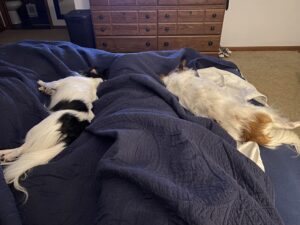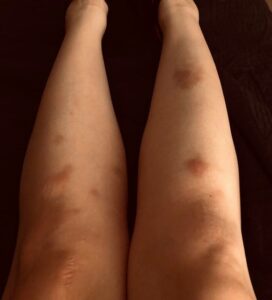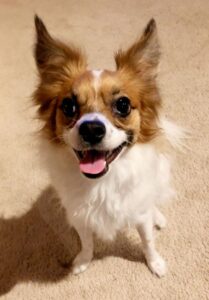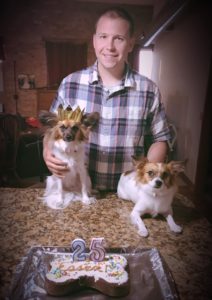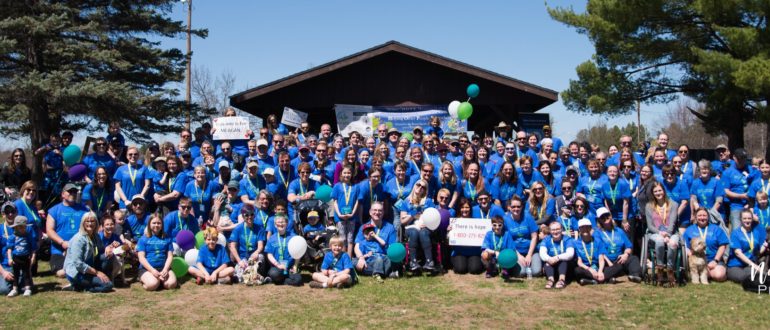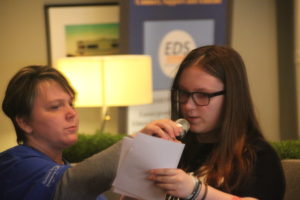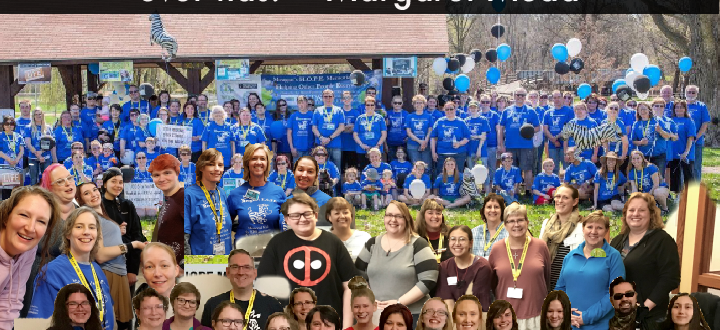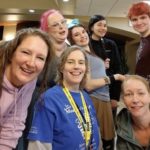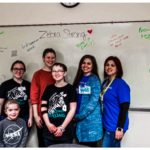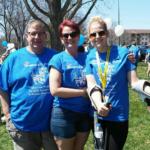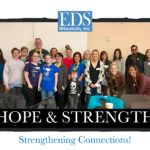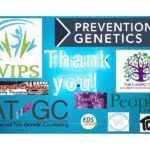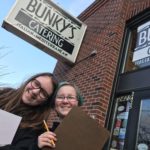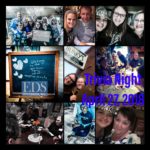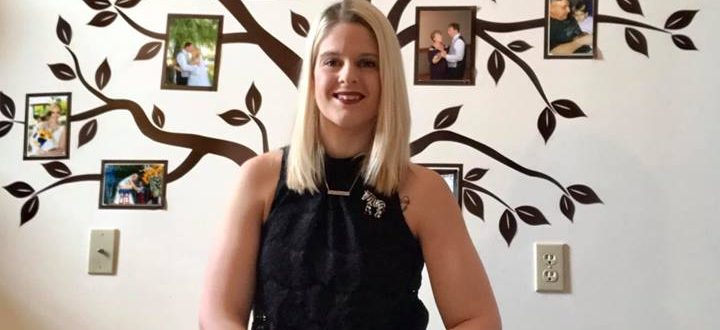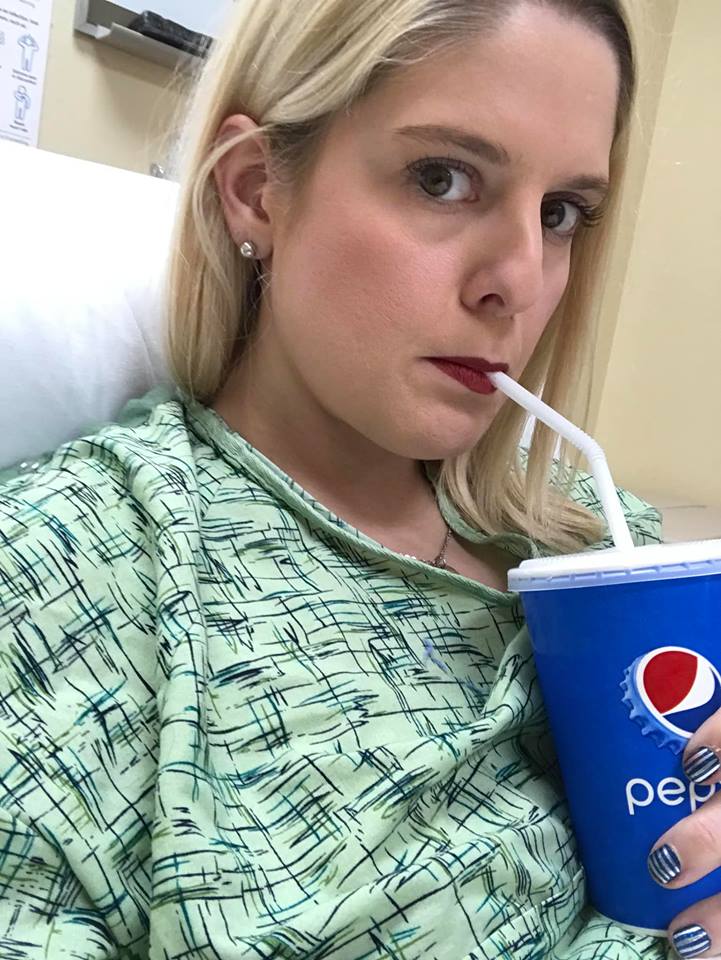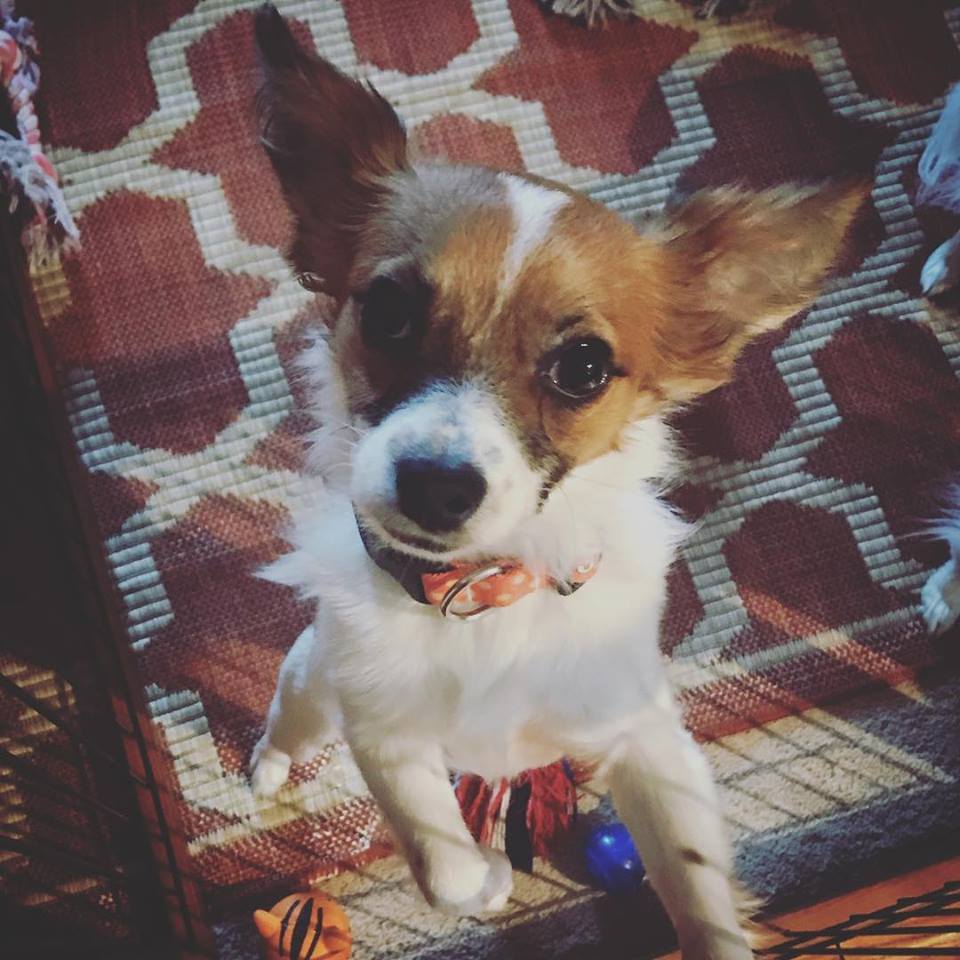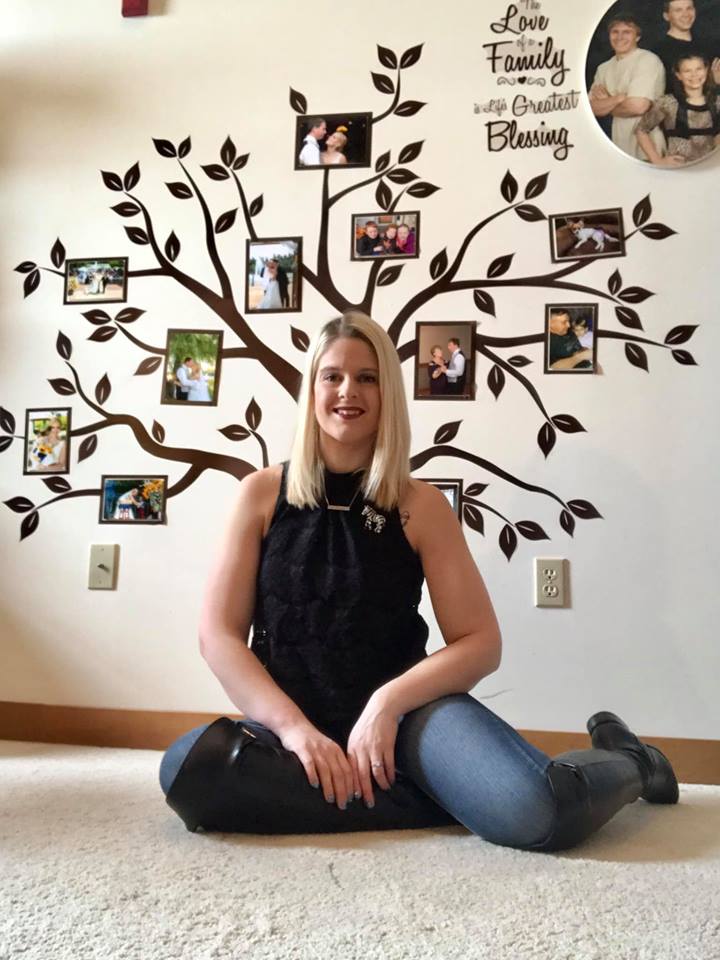As I sit here rounding out a belated Thanksgiving celebration with my husband’s family, I am reminded of the things about life with EDS that make holidays especially challenging–and these vary from person to person. For me this holiday, I am struggling with significant spinal pain that has me using evenings in hot baths and bed to get relief rather than around the table desperately trying to be interested in a board game I don’t understand.
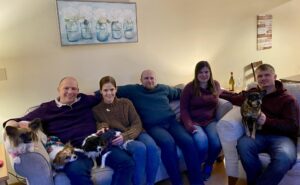
My Crew This Thanksgiving
For many of you, these pain limitations are shared. Maybe you have family members who think Thanksgiving is the ideal day to run a 5K and you rely on a mobility aid or simply cannot handle such distances. Maybe your family plays some sort of amateur football game with just enough tackling to dislocate your shoulder or knee, rendering you on the bench and refereeing instead of scoring a touchdown.
Then, there are food restrictions. These can be hard to understand for people who have always been able to eat what they want and exhausting as you try to explain MCAS for the 86th time that day–or just look longingly at someone else’s pie or dinner role.
Maybe you’re surrounded by people pregnant or with babies and you desperately want to be a parent but can’t–and while NEARLY every part of you is happy for them, there’s this tiny part of you wishing you were sharing that experience with them, nagging at you as you smile, your conscious mind begging you not to cry.
And, it would be wrong not to acknowledge our EDS friends who are unable to experience group gatherings due to the severity of their symptoms. It can feel even more isolating on these “special” days.
So, how do we deal with these things? (Because right now, this just sounds like a list of all the things I want to whine about.)
If it’s possible, find someone to be your support system as an individual away from the crowd, who will check in with you with the empathy needed. My husband takes time to check in periodically and also knows the signs of my symptoms flaring without me needing to voice them. He will do what he can to get me to mitigate them when I tend to downplay them in an effort not to take away from a gathering.
Prepare how to handle conversations and decide where your boundaries are. If you are comfortable explaining things, you may want to practice how you will do so. If you don’t want to explain them, remember that you don’t actually have to. Outside those determining your treatment plan, no explanation is necessary. You may find it helpful to prepare how to best draw those boundaries.
If there is a chance you will hit your limit before the natural conclusion of an event, forgive yourself for that and allow yourself the freedom to leave. You owe your mind and body peace far more than you owe a group of people socializing or more time eating. Those who love you and know you best know you are doing what is necessary.
Finally, remember you are uniquely you and just because another EDS patient was able to do more than you does not make you less than them. This Thanksgiving, I’m thankful for all of you, all you show me every day, and surviving another year in this body.


